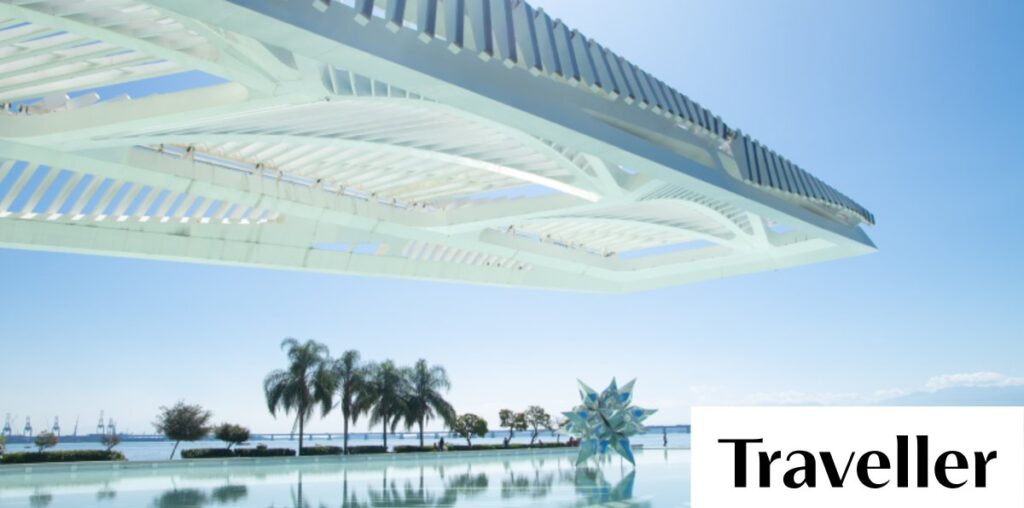You’ll want to ascend either Corcovado Mountain to the foot of the Christ statue by train, or Sugarloaf Mountain by cable car – or both, since you get magnificent outlooks over the city and bay from two angles. Copacabana and more upmarket Ipanema are the classic beach suburbs, but Urca is lovely too. The Botanic Gardens and Rio Art Museum (MAR) are also worth visiting. Meanwhile the downtown core has impressive Portuguese-colonial architecture, plazas, churches and coffeehouses.
Don’t miss
Hillside Santa Teresa district, which you can ascend by taxi and walk down via endless steps. The leafy bohemian district has pastel-coloured mansions, artists’ studios and lots of bars and cafes. Streets plunge down to wonderful views. Among the sights is the Convent of Santa Teresa and Chacara do Ceu Museum, which combines ancient Chinese sculptures, Brazilian art and works by Monet, Dali and Picasso.
Get active
Rio’s magnificent beaches such as Copacabana and Ipanema call for a swim, game of beach volleyball or (on the promenades) rollerblading and jogging. Arpoador and Prainha are best for surfing. A good share-bike system allows you to pedal coastal routes. Seekers of adrenaline can rock climb or hang-glide off Rio’s outcrops such as Sugarloaf Mountain. Tijuca National Park claims to be the world’s largest urban forest (or jungle) and has numerous hiking trails.
Best bites
Loading
Brazil’s classic dishes are feijoada, a stew made from meat and black beans, and sword-long skewers of grilled meats. Crispy pastries filled with cheese are a common and delicious street snack, but little kiosks sell everything from sandwiches to barbecued prawns. Juice bars are everywhere: don’t miss the opportunity to bag a bargain drink in an exotic flavour such as star fruit, guava or cashew.
Further afield
Cruise lines seem reluctant to take guests beyond the city, other than to Tijuca National Park, so if you’re looking for something different, you’ll have to organise it yourself. Just across the bay by ferry or bridge is Niteroi, which has old colonial-era fortresses, a contemporary art museum and splendid views over the water. An hour’s ferry ride takes you to Paqueta, a popular car-free island of faded Portuguese-era buildings and a happy, laid-back vibe.


